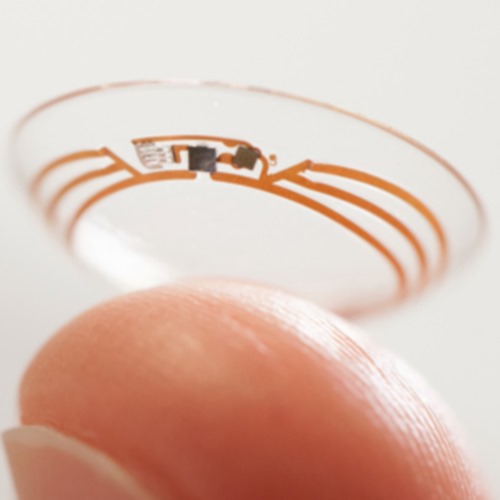 University of Michigan researchers have created a new material that detects infrared light. The super-thin material can be integrated with different devices such as cell phones or placed on top of contact lenses to allow users to see in the dark. The material, graphene, is a single layer of carbon atoms that can sense the whole infrared spectrum.
University of Michigan researchers have created a new material that detects infrared light. The super-thin material can be integrated with different devices such as cell phones or placed on top of contact lenses to allow users to see in the dark. The material, graphene, is a single layer of carbon atoms that can sense the whole infrared spectrum.
Zhaohui Zhong, assistant professor of electrical engineering and computer science, is the lead researcher on the project said; ”Our work pioneered a new way to detect light. We envision that people will be able to adopt this same mechanism in other material and device platforms. If we integrate it with a contact lens or other wearable electronics, it expands your vision. It provides you another way of interacting with your environment.”
Most devices with “night vision” now require a built in cooling unit in order for it to work properly. A huge advantage to this material is that it works at room temperature, no bulky cooling device needed. We can’t wait to see where this takes technology in the future. Rock on science.








